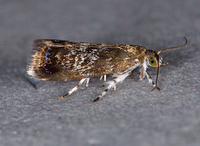
| Recorded by: Jim Petranka on 2025-08-20
Madison Co.
Comment: | 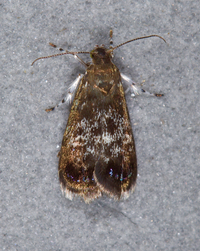
| Recorded by: Jim Petranka on 2025-08-20
Madison Co.
Comment: |
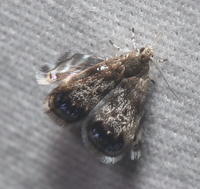
| Recorded by: David George on 2023-08-25
Orange Co.
Comment: | 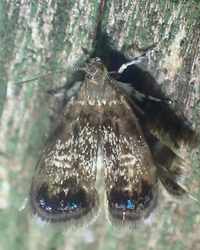
| Recorded by: tom ward on 2023-08-22
Buncombe Co.
Comment: |
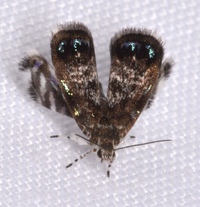
| Recorded by: David George, Stephen Dunn, Jeff Niznik on 2023-08-18
Caswell Co.
Comment: | 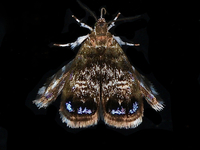
| Recorded by: Jim Petranka on 2023-08-13
Madison Co.
Comment: |

| Recorded by: David George, Stephen Dunn, Jeff Niznik, Rich Teper, Becky Watkins on 2023-07-30
Swain Co.
Comment: | 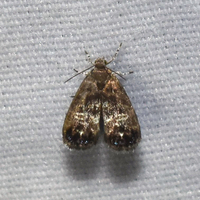
| Recorded by: David George, Stephen Dunn, Jeff Niznik, Rich Teper, Becky Watkins on 2023-07-29
Swain Co.
Comment: |
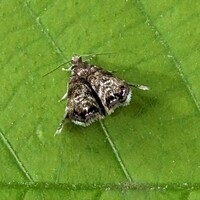
| Recorded by: Michael Wall on 2023-04-30
Jackson Co.
Comment: | 
| Recorded by: Michael Wall on 2023-04-30
Jackson Co.
Comment: |
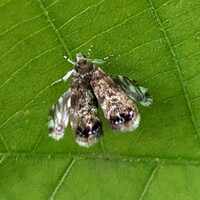
| Recorded by: Michael Wall on 2023-04-30
Jackson Co.
Comment: | 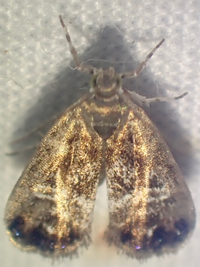
| Recorded by: tom ward on 2022-08-30
Buncombe Co.
Comment: |
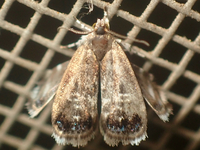
| Recorded by: tom ward on 2022-07-13
Buncombe Co.
Comment: | 
| Recorded by: tom ward on 2022-07-10
Buncombe Co.
Comment: |
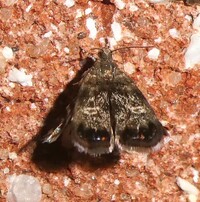
| Recorded by: Simpson Eason on 2022-06-25
Durham Co.
Comment: | 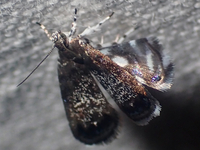
| Recorded by: tom ward on 2021-07-20
Buncombe Co.
Comment: |
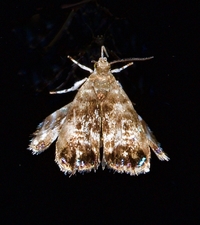
| Recorded by: Jim Petranka and Becky Elkin on 2019-07-27
Madison Co.
Comment: | 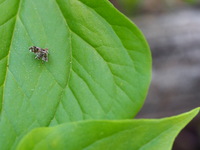
| Recorded by: Nancy Lee Adamson on 2019-04-25
Haywood Co.
Comment: |
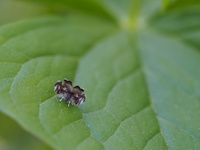
| Recorded by: Nancy Lee Adamson on 2019-04-25
Haywood Co.
Comment: | 
| Recorded by: B. Bockhahn on 2018-08-19
Durham Co.
Comment: |

| Recorded by: Harry Wilson on 2018-08-10
Wake Co.
Comment: | 
| Recorded by: Harry Wilson on 2018-08-10
Wake Co.
Comment: |

| Recorded by: B. Bockhahn on 2018-07-25
Orange Co.
Comment: | 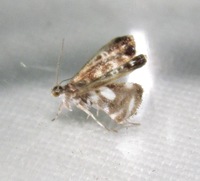
| Recorded by: B. Bockhahn on 2018-07-25
Orange Co.
Comment: |
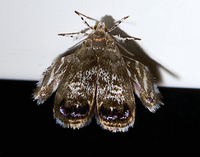
| Recorded by: Jim Petranka and Becky Elkin on 2018-07-21
Madison Co.
Comment: | 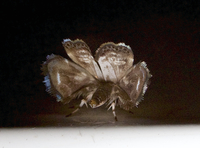
| Recorded by: Jim Petranka and Becky Elkin on 2018-07-21
Madison Co.
Comment: A rear view of the flared wings that are used to mimic jumping spiders. |

| Recorded by: Jim Petranka and Becky Elkin on 2018-07-21
Madison Co.
Comment: | 
| Recorded by: Jim Petranka and Becky Elkin on 2018-07-21
Madison Co.
Comment: |
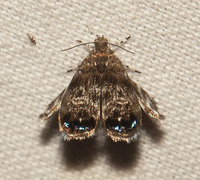
| Recorded by: Parker Backstrom on 2017-08-08
Chatham Co.
Comment: | 
| Recorded by: F. Williams, S. Williams on 2015-05-14
Wilkes Co.
Comment: |
|

 »
»


 »
»
